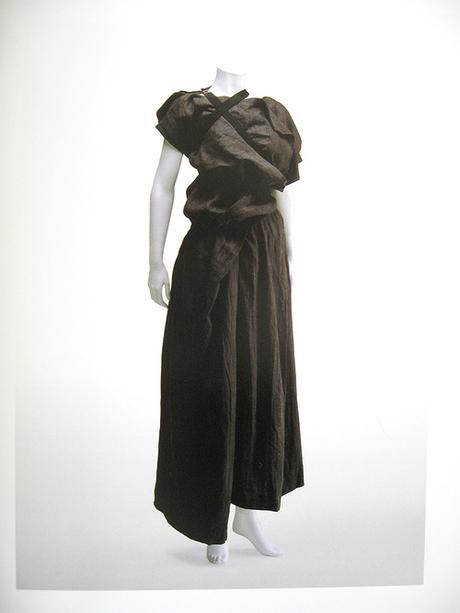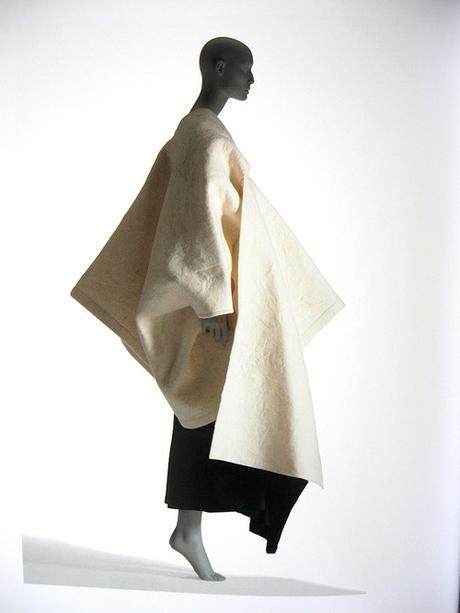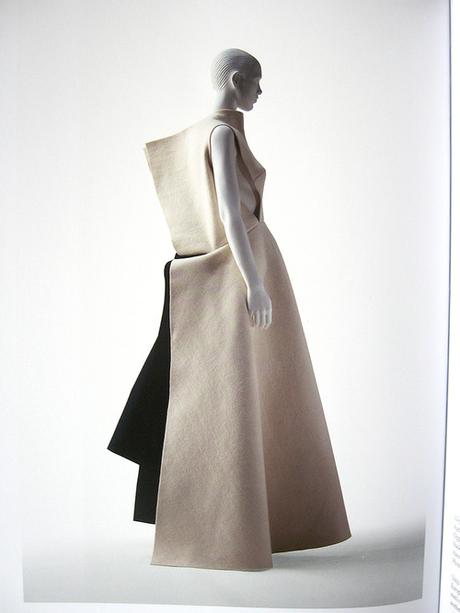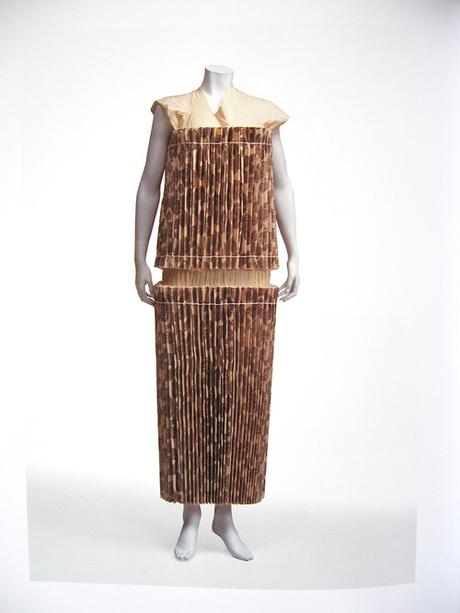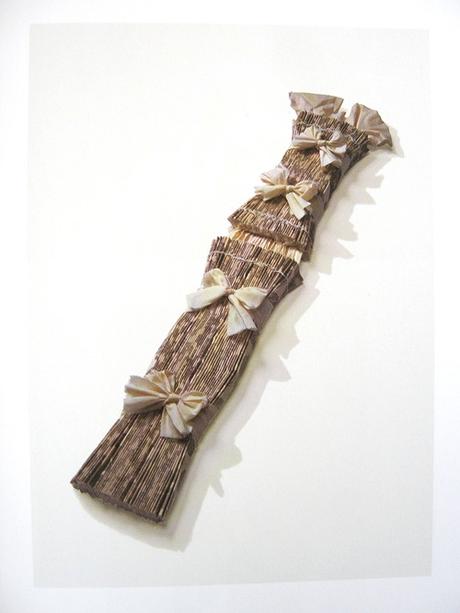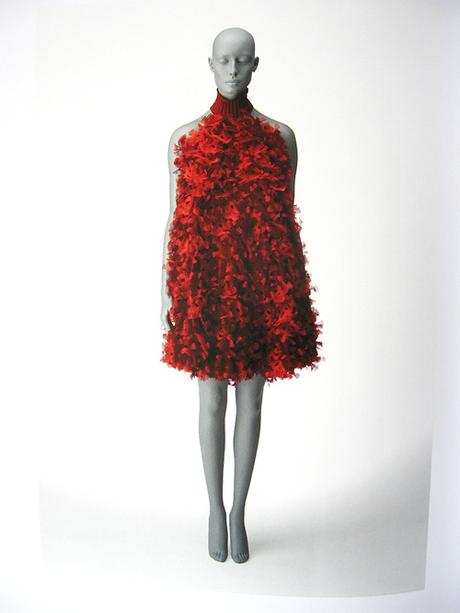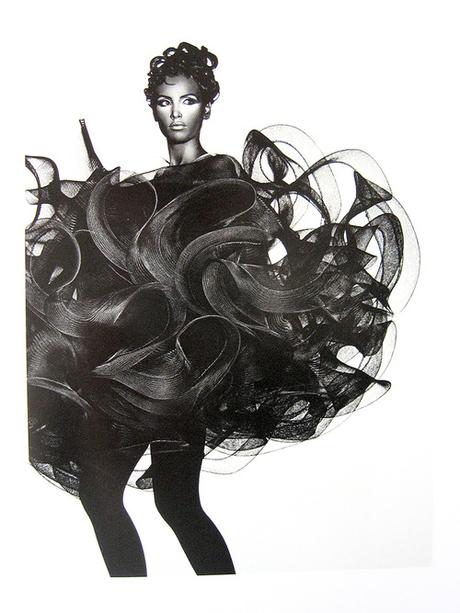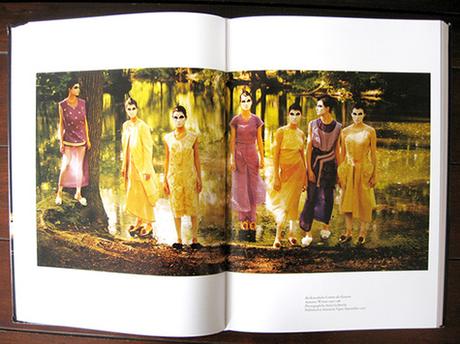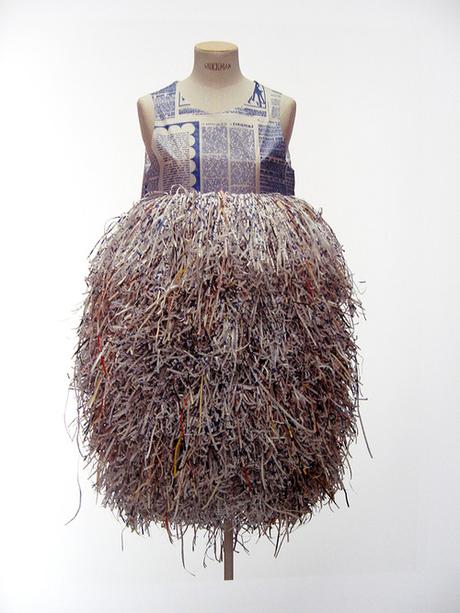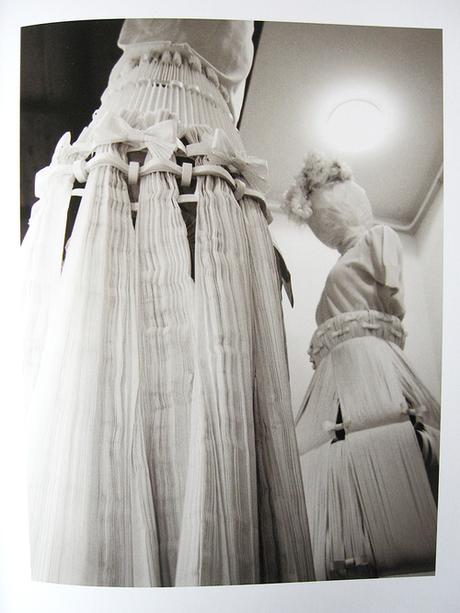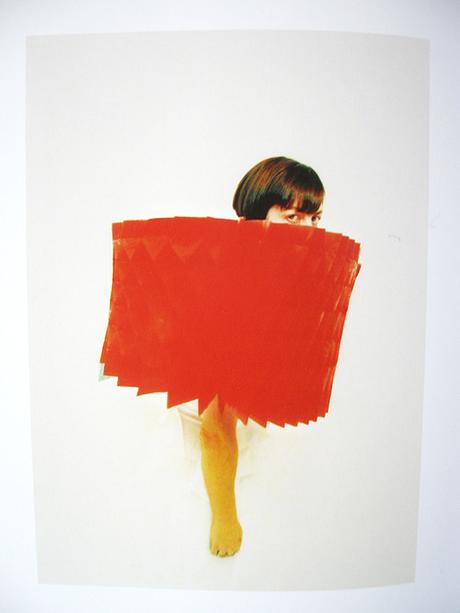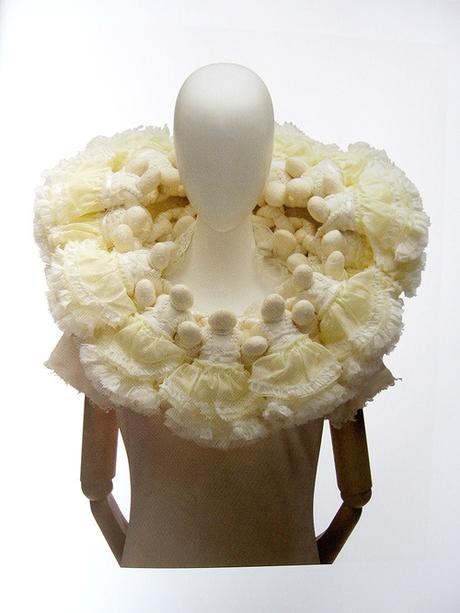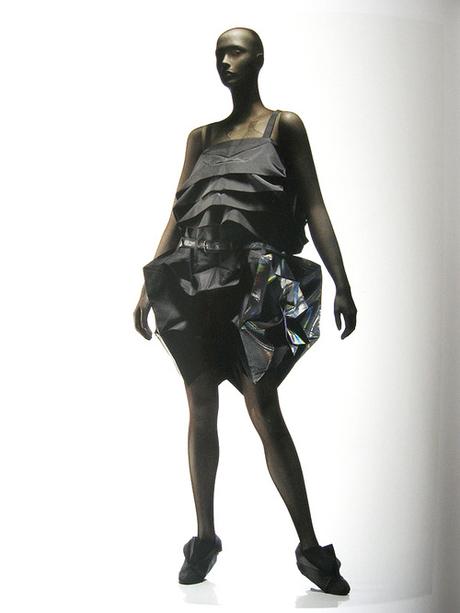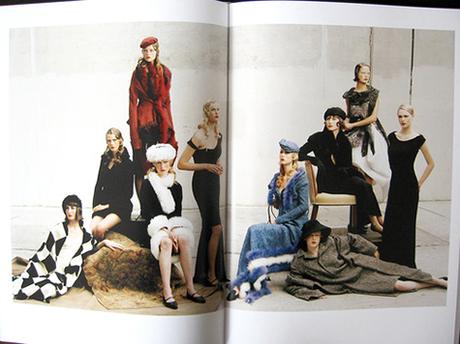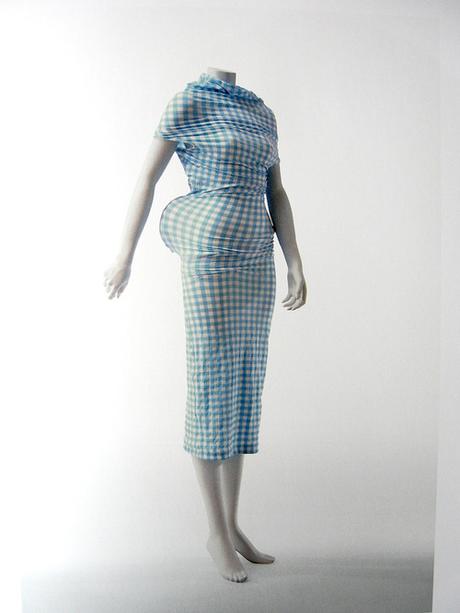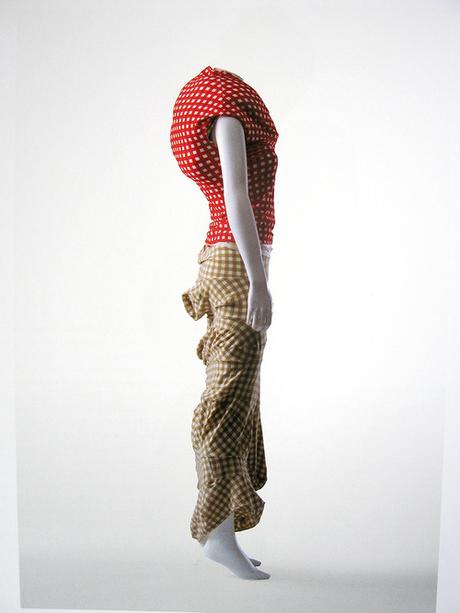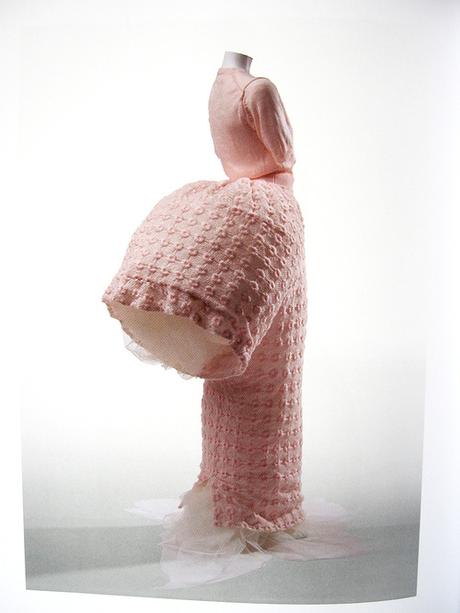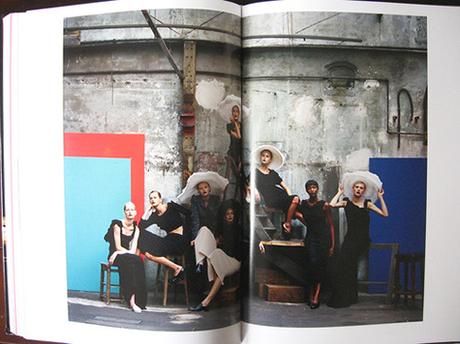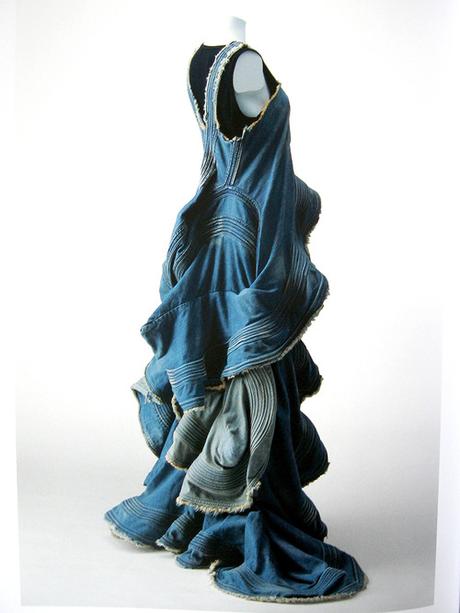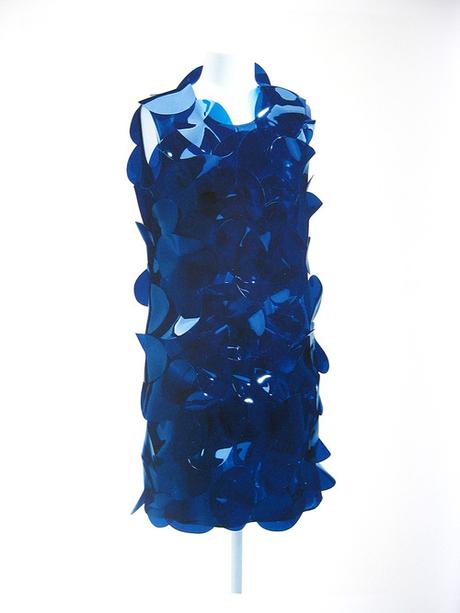
Fashion is a dirty word among tailored clothing enthusiasts. Tailoring is often thought of as being above the frays of fashion, but this oversimplifies the history of suits and misses what’s often exciting about designer clothing. Not all fashion is about trends, even if all trends are about fashion. Just check out the Metropolitan Museum of Art’s exhibit on Alexander McQueen, for example. It’s hard to not get swept away.
Few fashion designers capture imagination as well as those that came out of Japan in the 1970s and ’80s. Designers such as Issey Miyake, Yohji Yamamoto, and Rei Kawakubo pioneered what can be described as a sort of “Japanese avant-garde.” Although, don’t use that term in public — not just because I made it up, but because all three have said that they resent being pigeonholed by their ethnicity. Miyake and Yamamoto have said that they see themselves more as being part of a “lost generation” — one that grew up on Western culture in Japan, but neither identifies with the West nor the East. Similarly, in an interview in Women’s Wear Daily, Kawakubo said she dislikes being pegged as a “Japanese designer,” while Miyake has noted that he’s trying to create “a new fashion genre that’s neither Japanese nor Western.”
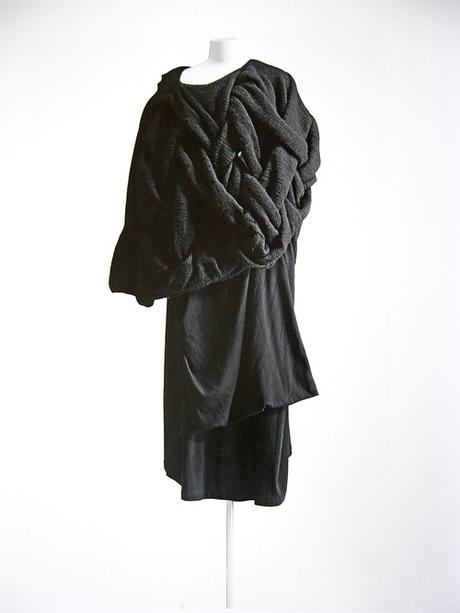
If we don’t call their work Japanese, then it’s at least avant-garde. Their collections heavily rely on varying shades of black, but what feels like a restraint in color is offset by freer interpretations on the modern silhouette. Their asymmetric, deconstructed, and artfully ripped clothes often use holes and other forms of empty space as decoration. This departs from traditional Western modes of patternmaking, which tends to emphasize the human form. For women, that means accentuating a curvaceous bust and hips, but also narrowing the waist. These Japanese designers, on the other hand, seem to shroud the body rather than reveal it. Their work refuses to sexualize the female body, thus challenging conventional notions of gender in dress.
In Future Beauty, Akiko Fukai et al. wrote of these collections:
“Kawakubo and Yamamoto’s offerings may have been thoughtlessly dubbed the ‘beggar look,’ but the so-called black rags were calculated in their design — the expression of an aesthetic at ease with untidiness and imperfection. Fashion during the early 1980s, arguably led by French designer Yves Saint Laurent, was all about color, and plenty of it. The Japanese designers, however, deliberately avoided vivid colors and made heavy use of monochromatic palette, from strong and varied hues of black to the simplicity and crispness of shades of white. Henceforth, Japanese fashion was not only perceived as unstructured and disheveled, it also became synonymous with the color black and start, monochrome minimalism.”
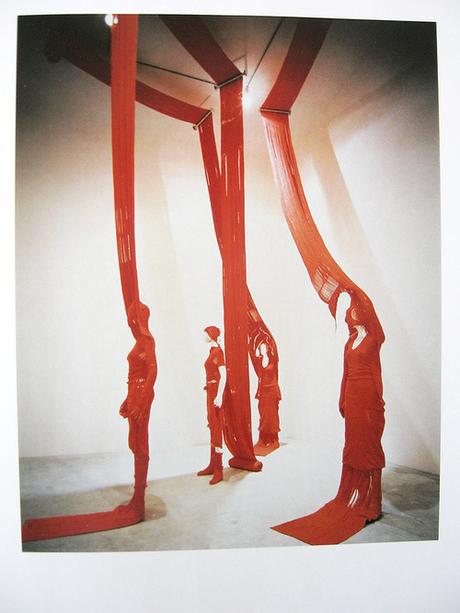
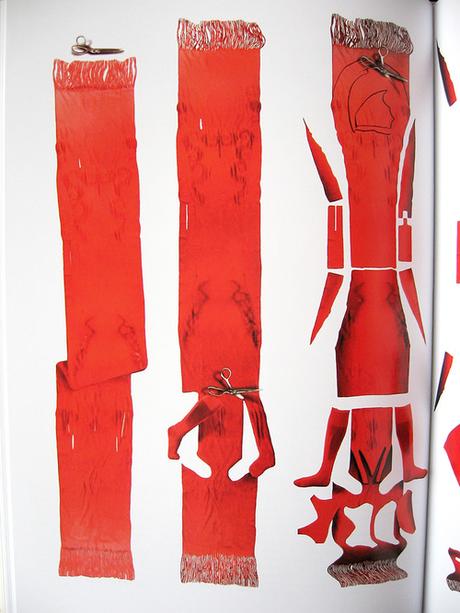
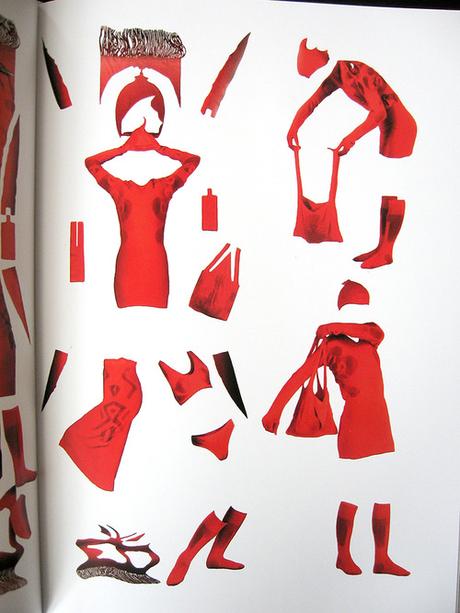
Innovation here wasn’t just limited to color and design. There was also the production process. In 1999, Miyake launch his famous “A-POC” collection (a term coined from the phrase “A Piece of Cloth,” but was also a play on the word “epoch”). This collection featured a range of tubular knitwear that was produced on specially adapted Raschel knitting machines. Made without any machine-sewn seams and finished on a roll, they could be unfurled and – with the garments stitched into the tube – be cut free. A-POC was not only a clever way to approach production, but also represented a new way to think about design and wearability.
Granted, not all of these are wearable, and at the end of the day – for better or worse – fashion is constrained by practical, social requirements (more so for men than women). In a recent article about Kanye’s latest fashion show, Robin Givan wrote in The Washington Post: “Creativity is hard to come by in the fashion industry — perhaps harder than in almost any other creative field. Because when something daring and mesmerizing bubbles up in fashion, it can’t just be framed and hung on a wall, it isn’t just the soundtrack to your life; it is the cocoon in which you live, it’s your calling card. Fear isn’t the hurdle facing fashion. The human body is.”
Practical considerations aside, for anyone who has ever appreciated the artful cutting and technical complexity behind a bespoke suit, it’s hard to not also appreciate the beauty behind these garments. Sometimes it takes something truly avant-garde to break your mind free from the tired “style vs. fashion” or “tailor vs. designer” dichotomies.
(Pictures via Future Beauty)
